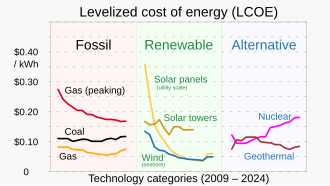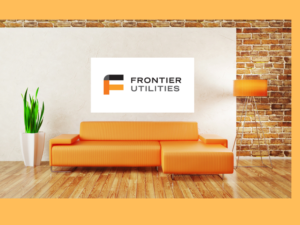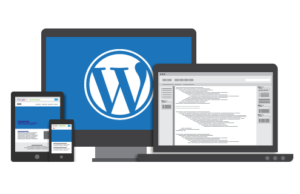
Distributed Wind Energy: 10 Things You Didn’t Know
Distributed wind power is used at or near the point of production, unlike wind power from large-scale generation, where the electricity is sent to consumers through transmission lines and stations. car. Distributed by households, schools, farms, factories, and energy providers, the distributed wind does not refer to small turbines; it includes a turbine or several turbines of any size that generate La Porte Energy Plans power for local or on-site use.
People have used wind power to pump water and grind grain for over 2,000 years. In the 19th century, wind pumps made life possible in the arid regions of the United States and Australia by capturing and bringing water to the surface from large aquifers. Between 1850 and 1970, more than a million small windmills were installed in the United States alone, primarily for pumping water.

You can find used wind turbines and appliances distributed throughout the United States, with over 89,000 wind turbines in all 50 states, the District of Columbia, Puerto Rico, the US Virgin Islands, and Guam. From 2003 to 2021, wind turbines deployed in the United States reached an installed capacity of 1,075 megawatts. 7. There are many types of consumers of distributed air, including agriculture, residential, industrial, commercial, government, industrial, and utility. Different turbines are installed to meet the needs of each customer. Agricultural and residential customers account for 71% of all distributed wind services, but only 12% of installed capacity in 2021 will use small turbines. On the other hand, industry, which usually uses large turbines, accounts for 6% of the work and accounts for 56% of the installed capacity.
Some distributed wind projects use multi-megawatt megawatt turbines to work in factories and other industrial facilities, such as the installation of 5 MW in Minnesota in 2020 to power industrial plants producing biofuel and the installation in 2021 of 2 .72 MW in Kansas to obtain plant ethanol power.
Fast wind speed means electricity. Wind speeds 30 meters above the ground – the average height for distributed wind installations – can be seen across the country. 4. Cost reduction and resistance to increased power consumption are common reasons for installing distributed wind power. In addition, many companies pay the owner of the distributed wind power (or other generation) for the excess energy returned to the grid, a practice called “net metering”.
As the distributed wireless market grows, third parties issue small and medium-sized wireless licenses to ensure that the wireless network works as a broadcast. Bergey WindPower’s Excel 15 wind turbine received certification in 2021, bringing the total number of small wind turbines in the United States to seven as of July 2022. The United States Department of Energy is encouraging consumers to purchase small wind turbines to buy those certified. go to AWEA 9.1-2009 or ACP 101-1. It should be noted that wireless technology and wireless infrastructure must be used to function as intended.
Distributed wind energy is a regional industry that strengthens the national economy. Suppliers provide mechanical, electrical, tower and blade components for small wind turbines. In 2021, US manufacturers sold 1,742 small turbines, representing an investment of $9.2 million. Small U.S. airframe manufacturers support U.S. suppliers in manufacturing, which includes hundreds of manufacturers and suppliers who support manufacturing, sales sales, construction, and management.
The distributed wind contributes to the growth of US exports. Since 2012, 72 MW of small US wind power has been exported to at least 26 different countries, worth more than $420 million.




